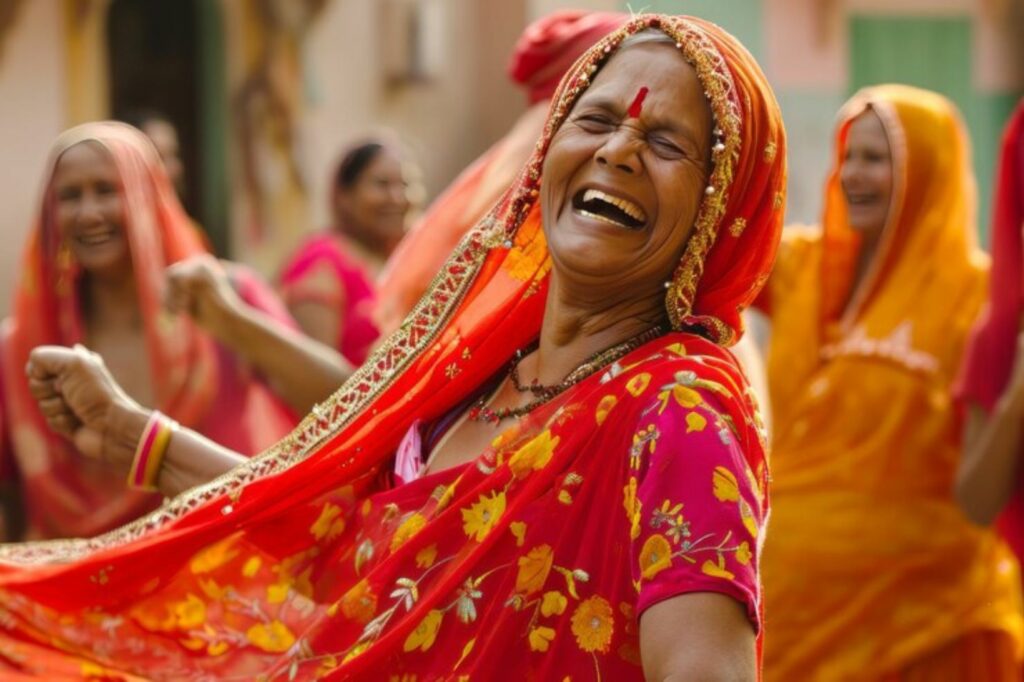In the bustling heart of Bengal, where vibrant traditions and rich history intertwine, the art of conversation thrives in the form of “adda.” This cherished cultural practice is more than just casual chatter; it’s a lively exchange of ideas, opinions, and anecdotes among friends and family. From the narrow lanes of Kolkata to the serene banks of the Ganges, adda has been the lifeblood of Bengali social life for generations.
Adda isn’t confined to any specific location or time. It flourishes in cozy living rooms, bustling tea stalls, and even online platforms, bringing people together to discuss everything from politics to poetry. This unique cultural phenomenon reflects the Bengali spirit of curiosity and intellectual engagement. As society evolves, adda continues to adapt, maintaining its role as a vital thread in the social fabric of Bengal, where every conversation is an opportunity to connect, reflect, and inspire.
Bengali Adda Culture
Bengali adda culture represents a vibrant form of social interaction. It’s characterized by spontaneous discussions that span a multitude of topics. Participants engage in conversations about literature, politics, art, and daily life. In traditional settings like local teashops or homes, groups gather to exchange thoughts and stories. Adda’s flexibility encourages inclusivity, allowing people from diverse backgrounds to participate.

Historically, adda sessions have fostered intellectual growth and community bonding. During the British colonial period, intellectuals and revolutionaries used adda to share ideas and inspire action. In today’s digital age, virtual platforms offer new spaces for addas, maintaining the tradition’s essence while adapting to modern technological advancements.
Significant figures in Bengal have often participated in adda sessions, contributing to their legacy and cultural relevance. Rabindranath Tagore, Satyajit Ray, and Amartya Sen, among others, engaged in these discussions, further enriching Bengal’s cultural tapestry. These gatherings not only provide entertainment but also serve as a conduit for generating new ideas and reinforcing cultural identity.
Historical Roots of Adda
Bengali adda has deep historical roots, serving as a cornerstone of cultural exchanges and intellectual discourse in Bengal.
Origin and Evolution

Adda originated as an informal gathering where individuals discussed diverse topics. Initially, these exchanges took place in courtyards and living rooms during the 18th and 19th centuries. During the British colonial period, addas evolved into crucial forums for resistance and reform. Intellectuals and reformists engaged in spirited debates on societal issues, shaping Bengal’s socio-political landscape. Over time, tea stalls and coffee houses became prominent adda venues, maintaining the tradition’s vibrancy.
Adda in Bengali Literature
Bengali literature often showcases adda, reflecting its importance in society. Iconic literary works by Rabindranath Tagore and Bankim Chandra Chattopadhyay illustrate adda’s role in fostering creativity and critical thinking. Tagore included adda in his stories, portraying characters engaged in philosophical dialogues. Literature serves as a mirror, echoing the dynamic nature of adda and its place in shaping thoughts and ideas in Bengali culture.
Key Elements of Adda Culture
Bengali adda culture revolves around vibrant exchanges that center on diverse subjects. The ambiance plays a pivotal role, creating an inviting space for free-flowing dialogue and interaction.
Conversation Topics

Topics in Bengali adda are as diverse as they are enriching. Participants often delve into literature, politics, and cinema, discussing renowned works like Rabindranath Tagore’s “Gitanjali” or the films of Satyajit Ray. Current events also spark debate, with political shifts or societal changes frequently taking center stage. Daily life, humor, and personal anecdotes lighten the mood, ensuring a balanced discourse. This diversity fosters critical thinking and cultural appreciation in the community.
Setting and Atmosphere
The setting of adda sessions fosters comfort and inclusivity. Traditionally hosted in local teashops or cozy living rooms, these spaces are designed to encourage open dialogue. The atmosphere combines warmth with intellectual curiosity, often featuring the comforting aroma of tea and the sound of animated conversation. This welcoming environment nurtures a sense of belonging and inspires participants to share openly, ensuring adda continues as an integral facet of Bengali social life.
Cultural Tapestry
Bengali adda culture stands as a testament to the enduring spirit of intellectual curiosity and community engagement. Its ability to adapt while maintaining its core essence highlights its significance in both historical and modern contexts. Adda remains a cherished tradition, fostering connections and inspiring dialogue across generations and geographies. As it continues to evolve, this vibrant cultural practice enriches the social fabric of Bengal, offering a unique platform for expression and reflection.

